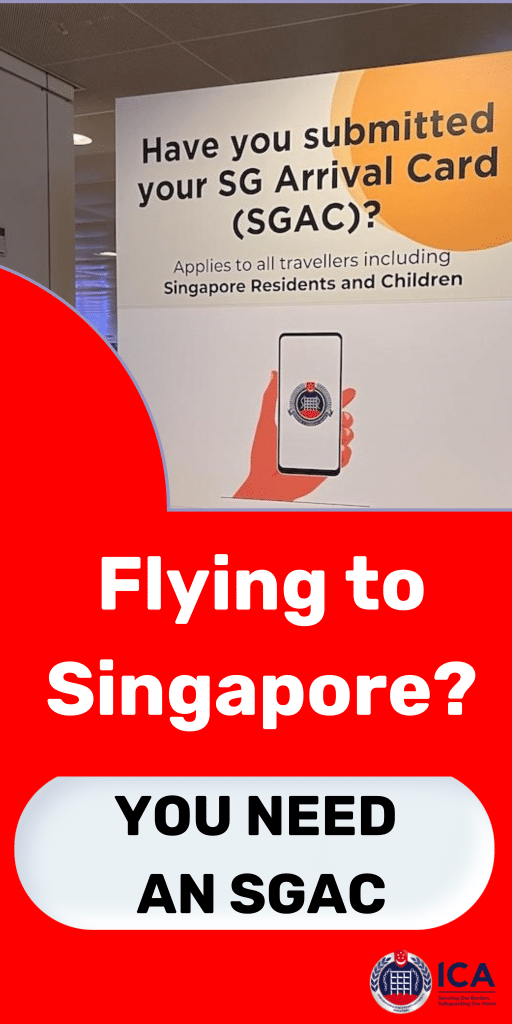As a major global finance and business hub, Singapore maintains a deliberately competitive tax regime to attract foreign investment and multinational firms.
Across major tax categories like corporate income, personal income, consumption and more, Singapore tends to have lower taxes than high-tax countries, though not as low as pure tax havens.
This article provides an overview of how Singapore approaches taxation compared to other countries. We’ll analyse specific rates across different tax categories and how the overall tax burden compares.
Understanding Singapore’s balanced tax model gives perspective on how the country cultivates an environment attractive to capital while still funding public spending.
Corporate Tax Rates
Singapore features one of the lowest corporate tax rates worldwide:
- Base corporate tax rate of 17% with many firms qualifying for reductions and incentives lowering effective rate to below 17%.
- Compared to rates of around 25% in many other Asian economies like Japan, South Korea and China.
- Significantly lower than rates exceeding 30% in Western countries like the United States and those in Europe.
- However, not as low as pure tax haven rates like Cayman Islands’ 0% rate.
Singapore provides tax competitiveness but does not completely sacrifice corporation tax revenue.
Personal Income Tax Rates
Likewise, Singapore’s personal income tax is moderately low:
- Maxes out at 22% above S$320K of income but only begins at 2% for first S$20K.
- Lower than top rates in comparable developed places like Japan, US, UK and Australia.
- However, higher than places like UAE, Monaco and Bermuda that have no personal income taxes.
- Progressive structure increases gradually, easing burden on lower and middle income groups.
For individuals, income taxes compare favorably in the regional context but do not touch tax haven levels.
Consumption Tax
Singapore levies a moderate goods and services tax (GST):
- Current rate of 7%, after being raised from 5% in 2007.
- On par with countries like Australia but lower than places like New Zealand (15%), Korea (10%), Japan (10%).
- Not as high as some European countries with 20%+ VAT rates.
- But considerably higher sales taxes than Hong Kong (0%) or oil-rich economies like Saudi Arabia that need not depend on GST.
Careful GST rate balances consumer impact against generating revenue.
Overall Tax Burden
In total, Singapore’s tax burden as percentage of GDP is competitive:
- Tax revenue around 15% of GDP, lower than OECD average near 35%.
- Lower burden than Australia’s 28.7%, Japan’s 30.7%, UK’s 33.3%.
- Higher than regional peers like Malaysia (12.5%), Thailand (17.1%), which tax less overall.
- Among the lowest in the Asia region.
The combined weight of Singapore’s main taxes is competitively lower than Western economies and on par with Asia.
Strategic Tax Policies
Singapore deploys fiscal policies strategically:
- Numerous incentives like tax holidays offered for companies in priority industries like technology.
- Double taxation avoidance agreements with many economies to facilitate commerce.
- Relatively low taxes on investment income like capital gains and dividends.
- Strong tax authorities like IRAS diligently enforce compliance. Deter evasion.
Balancing attractive tax rates with sustainable revenues involves sophisticated policies deployed astutely.
Conclusion
Singapore’s tax regime explains part of its economic success. Tax rates stay competitive across major categories without sliding to pure tax haven levels.
Strategic reductions draw investment balanced with progressive but not prohibitive structures for revenue.
However, Singapore faces pressure to raise rates as costs rise with an aging population. Maintaining balance remains key for the unique Singapore model.

Goh Jun Cheng is the chief staff writer for SingaporeAirport.com. Jun Cheng graduated with a degree in journalism from Nanyang Technological University in Singapore.
He has over 5 years of experience writing about aviation, tourism, and lifestyle topics relevant to locals and visitors in Singapore. His articles provide insights into the rich culture, cuisine, and attractions of Singapore. Jun Cheng is an avid traveler who has visited over 15 countries.
When he is not writing or traveling, he enjoys photography, trying new foods, and hiking. As a longtime Singapore resident, Jun Cheng is passionate about sharing hidden gems and perspectives about his home country.




